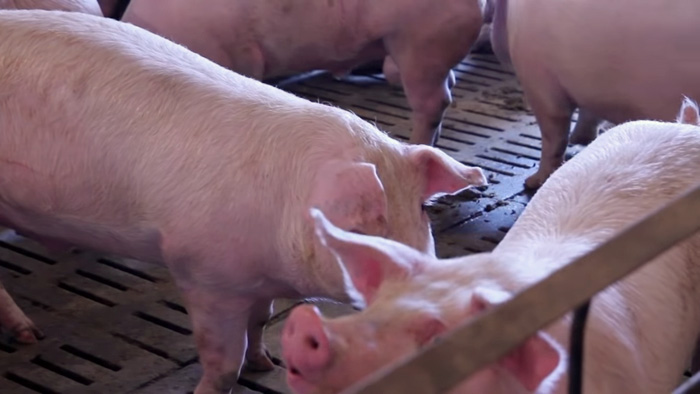North American pork producers are being encouraged to take every precaution and to focus on day-to-day biosecurity to keep disease causing organisms off the farm.
The Swine Health Information Center’s monthly domestic and global swine disease surveillance reports, indicates African Swine Fever remains the dominant concern globally and the disease we’re seeing the most.
SHIC Associate Director Dr. Lisa Becton says African Swine Fever is still active and, for example, we are seeing outbreaks continue in Germany, South Korea, Latvia and India.
In Germany especially its concerning because we’re seeing wild boar become positive in areas in the western part of the country that have never been identified before and so that tells us wild boar still present a significant risk for ASF spread. However, in other countries and on other farms we still see commercial swine becoming positive and so I think the big take home is to focus on what are biosecurity things that we can do to exclude and prevent the virus from ever getting into farms and then also focus on day-to-day biosecurity.
While we don’t have ASF in the U.S., we do have other diseases and basic biosecurity steps can reduce the risk and the potential for them coming into the farm. Some focus areas include who comes in and out of the farm, where have the been before, looking at transportation and sanitation but then also how do we bring in supplies and feed and prevent people from bringing some of their foods into the farm that could potentially expose swine to ASF.
For exclusion from the boar standpoint, it really is looking at different biosecurity methods that we can perform to prevent wild boar from getting into a farm or getting access to around the farm such as fencing and reducing feed spills in and around the barn.
~ Dr. Lisa Becton, Swine Health Information Center
SHIC’s global and domestic swine disease surveillance reports can be accessed at swinehealth.org.





